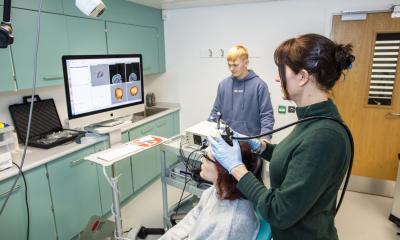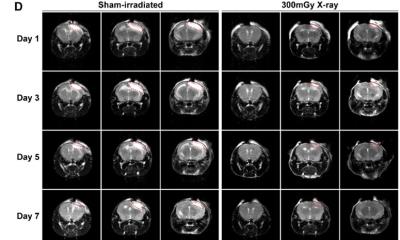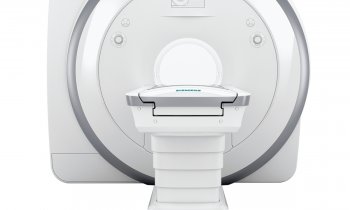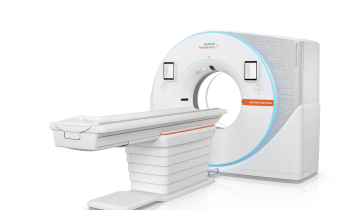News • Morbus Charcot-Marie-Tooth
CMT: Unlikely ally against deadly neuropathy
Charcot-Marie-Tooth (CMT) disease is the most common hereditary neuropathy and affects more than two million people worldwide. In Germany, at least 30.000 people suffer from CMT which belongs to the class of rare disease. In a close collaboration, researchers at the Max-Planck-Institute for Experimental Medicine and the University Medical Center of Göttingen now hope to use lecithin, a harmless dietary supplement to treat the incurable illness. The results of the study were published in „Nature Communications“.
Source: UMG/MPI-EM
Due to a genetic defect that causes a duplication of the PMP22 gene, patients with Charcot-Marie-Tooth develop a slowly progressive impairment of their peripheral nerves (CMT1A). Early symptoms, like walking difficulties or deformed feet, can already occur during childhood. Later, muscles in legs and arms weaken, patients also suffer from numbness, prickling or pain. In rare cases, they may be forced to the wheelchair.
Recommended article
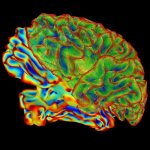
News • CMT, Alzheimer's, Parkinson's
Study links key protein to Charcot-Marie-Tooth and other nerve diseases
A new study provides critical insight into a little-known, yet relatively common, inherited neurological condition called Charcot-Marie-Tooth disease (CMT). The findings point to a pathway to possible treatments for this disease and better understanding of other neurodegenerative disorders, including Alzheimer's disease, that affect millions. The study focused on two related proteins, MFN2 and…
The promising data promote Lecithin as a therapeutic agent for the Charcot-Marie-Tooth disease as well as possibly for similar demyelinating diseases
Michael Sereda
The axons, projections of nerve cells in the peripheral nervous system, are surrounded by supporting cells over their entire length. These Schwann cells produce a fatty layer, the myelin, around the axons which allows for a faster transfer of electric signals. Using a transgenic rat model of CMT1A, scientists at the Max-Planck-Institute for Experimental Medicine and the University Medical Center in Göttingen, as well as neuroscientists from Leipzig, Würzburg, Heidelberg and Aachen now discovered that diseased Schwann cells show a decreased fat metabolism during their development which causes the impaired myelination. “The production of myelin is extremely laborious for Schwann cells. A disruption, like the one the Charcot-Marie-Tooth disease causes, leaves the nerve fibers without myelin, which limits their functionality”, explains the first author of the study, Robert Fledrich, Max-Planck-Institute of Experimental Medicine and Institute of Anatomy of Leipzig University Medicine.

Source: UMG/MPI-EM

Therapy studies with diseased rats that were given lecithin in various doses not only showed that treatment with phospholipids promotes myelination. “It significantly eases the course of the disease regardless of the start of the therapy”, explains Ruth Stassart, a neuropathologist from the Departement of Neuropathology of Leipzig University Medicine and Max-Planck Institute for Experimental Medicine, who co-lead the study. “The promising data from the animal testing and especially the already proven compatibility of with humans, promote Lecithin as a therapeutic agent for the Charcot-Marie-Tooth disease as well as possibly for similar demyelinating diseases”, adds Michael Sereda, a neurologist at the Department of Clinical Neurophysiology at the University Medical Center Göttingen and group leader at the Max-Planck-Institute for Experimental Medicine who co-directed the study together with Ruth Stassart.
The participating neurologists and neuroscientists now plan to use these findings from animal models in order to help patients by initiating clinical trials.
Source: University Medical Center Göttingen
Using lecithin, the reduced fat production of Schwann cells may be circumvented and the disturbed myelination in CMT thus be improved. Lecithin is produced from soy or yolk and consists of phospholipids. It is a harmless dietary supplement and the main ingredient of myelin. Initially, the scientists were able to show that the phospholipids in genetically modified rats were absorbed by the Schwann cells and used for the production of myelin.
11.08.2018




